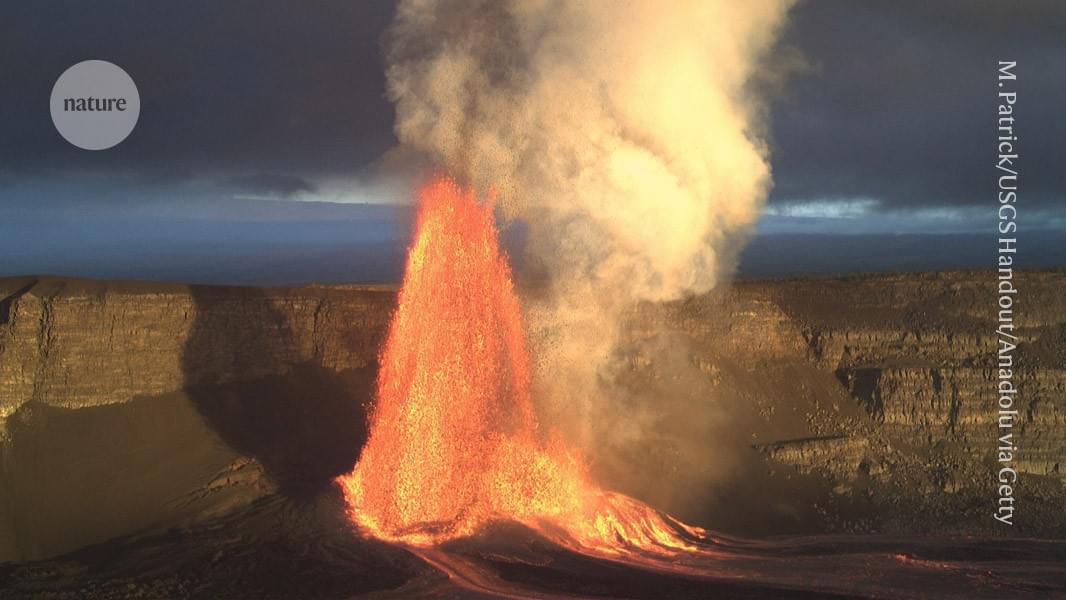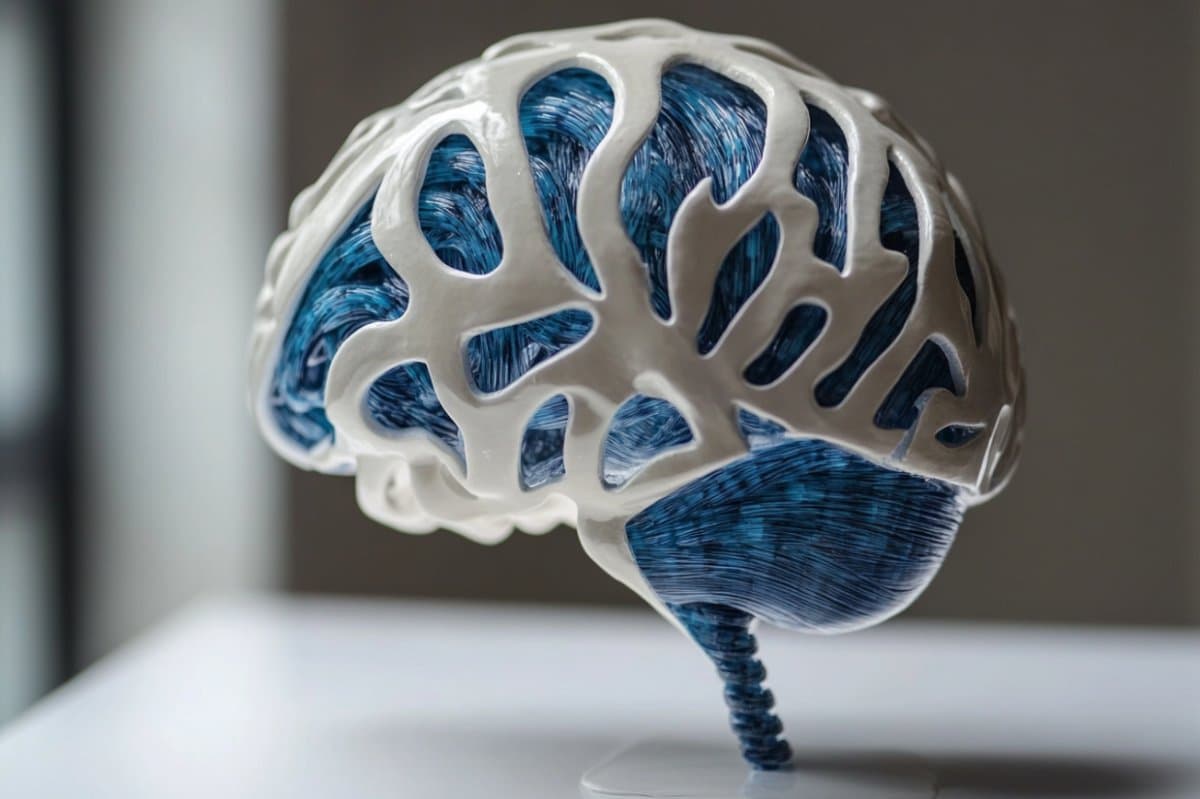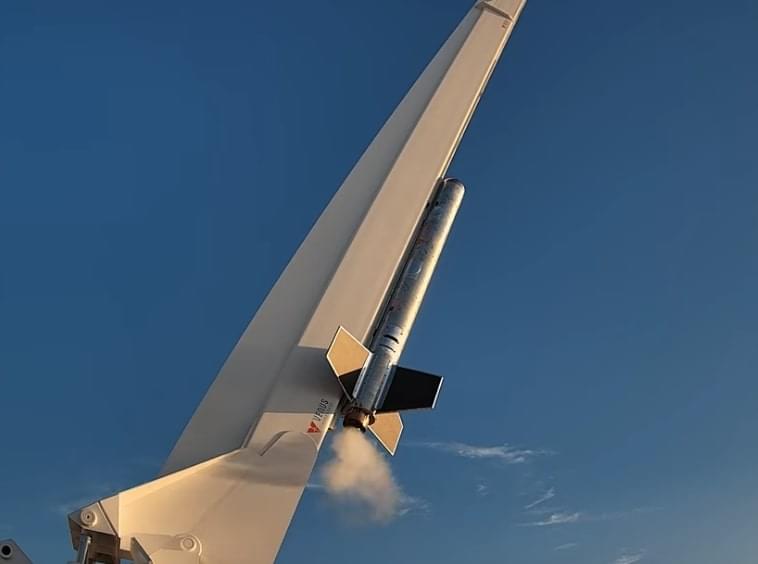“a man doesn’t require things more than his basic needs.”
Efforts are underway to search for extraterrestrial life. Imagine how amped this search could be if we applied advanced AI that reaches AGI. Here’s the insider scoop.
Samples from Hawaii seem to contain material that passed across the boundary between the planet’s core and its mantle, nearly 3,000 kilometres below the surface.
A research team has developed the world’s first Pixel-Based Local Sound OLED technology. This breakthrough enables each pixel of an OLED display to simultaneously emit different sounds, essentially allowing the display to function as a multichannel speaker array. The team successfully demonstrated the technology on a 13-inch OLED panel, equivalent to those used in laptops and tablets.
The research has been published in the journal Advanced Science. The team was led by Professor Su Seok Choi of the Department of Electrical Engineering at POSTECH (Pohang University of Science and Technology) and Ph.D. candidate Inpyo Hong of the Graduate Program in Semiconductor Materials and Devices.
Scientists have engineered dozens of adeno-associated virus (AAV) systems that ferry genes to specific neuron and glial subtypes in the brain and spinal cord with unprecedented accuracy.
Kurzweil co-founded Beyond Imagination in 2018 with Harry Floor, a scientist and film producer, to develop autonomous A.I. systems capable of physical labor. The company is building humanoid robots aimed at addressing labor shortages in sectors such as health care and agriculture. Its advisory board includes motivational speaker Tony Robbins, former Qualcomm CEO Paul Jacobs, and former Paramount Pictures CEO James Gianopulos.
Between 2018 and 2019, the startup raised $4.2 million in seed funding and was most recently valued at $25 million, per Crunchbase. Reuters reported that its upcoming valuation could reach $500 million, with Gauntlet Ventures—a Dallas-based venture capital firm—expected to be the sole investor in the new round.
“Through all the legends of ancient peoples — Assyrian, Babylonian, Sumerian, Semitic — runs the saga of the Eternal Man, the one who never dies, called by v…
Neuroscientists and materials scientists have created contact lenses that enable infrared vision in both humans and mice by converting infrared light into visible light. Unlike infrared night vision goggles, the contact lenses, described in the journal Cell, do not require a power source—and they enable the wearer to perceive multiple infrared wavelengths. Because they’re transparent, users can see both infrared and visible light simultaneously, though infrared vision was enhanced when participants had their eyes closed.
“Our research opens up the potential for noninvasive wearable devices to give people super-vision,” says senior author Tian Xue, a neuroscientist at the University of Science and Technology of China. “There are many potential applications right away for this material. For example, flickering infrared light could be used to transmit information in security, rescue, encryption or anti-counterfeiting settings.”
The contact lens technology uses nanoparticles that absorb infrared light and convert it into wavelengths that are visible to mammalian eyes (e.g., electromagnetic radiation in the 400–700 nm range). The nanoparticles specifically enable the detection of “near-infrared light,” which is infrared light in the 800‑1600 nm range, just beyond what humans can already see.
Venus Aerospace had the first-ever U.S. flight test of a rotating detonation rocket engine (RDRE)—a next-gen propulsion technology that’s been theorized for decades, but never flown… until now. The Rotating Detonation Rocket Engine (RDRE) changes everything, and Venus is the first venture-backed aerospace company to bring the RDRE from concept to commercialization. RDREs are a breakthrough technology for rocket propulsion, which have the potential to offer several benefits over traditional rocket engines.
New 3D printing technique makes it possible to heal injuries and damaged tissues from inside without surgery.








